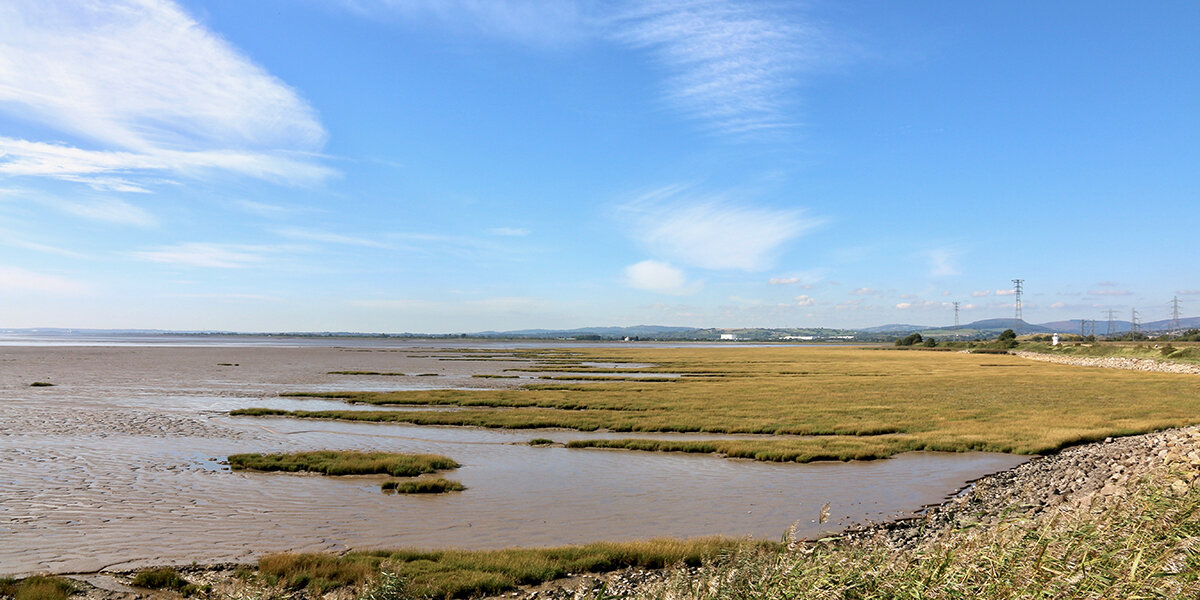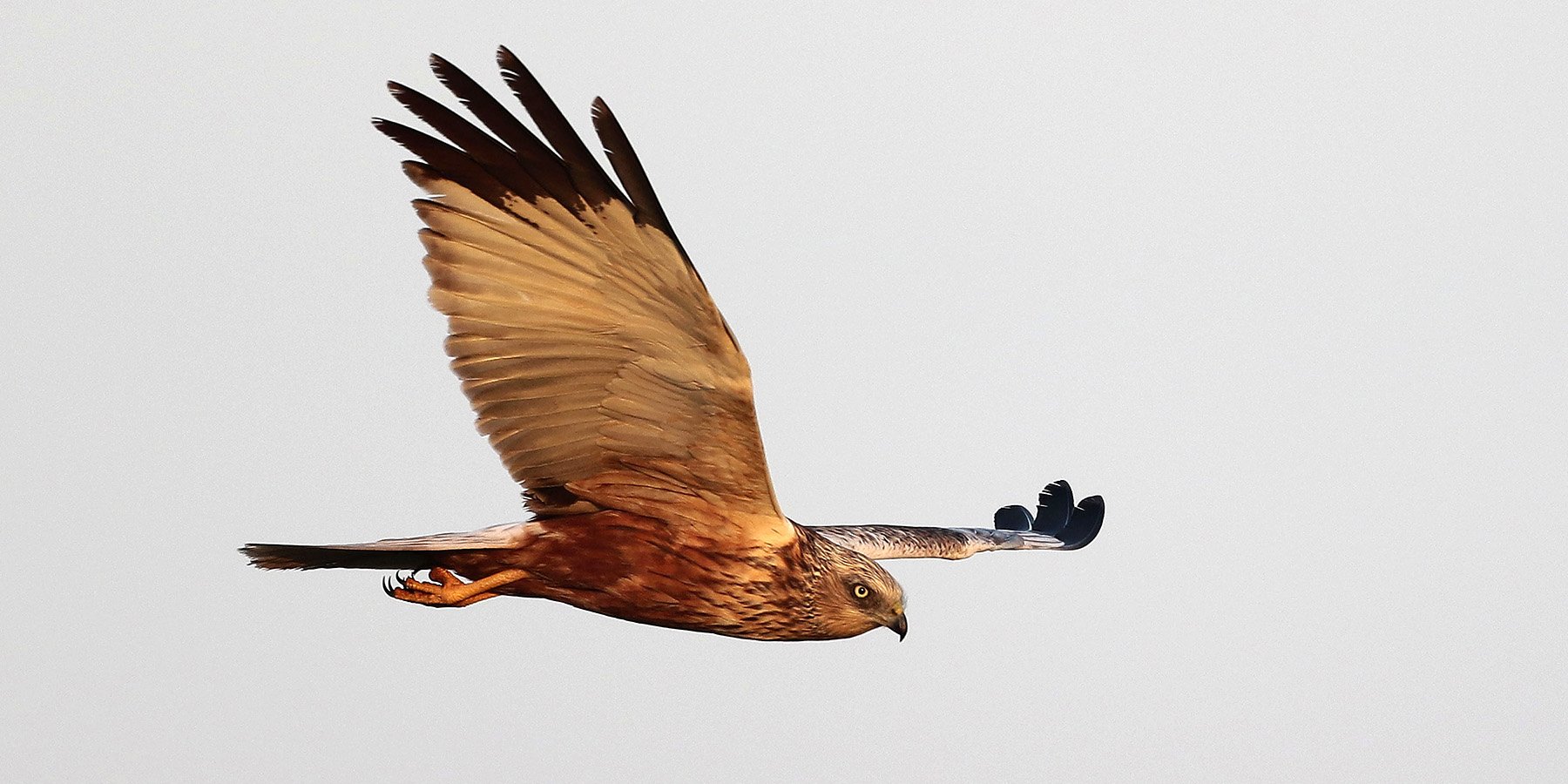Beyond the sea wall is a watery wilderness of salt marshes, mud flats, sandbanks and the vast silt-laden waters of the Severn Estuary.
English scurvy grass (C Harris)
The Estuary has one of the highest tidal ranges in the world, at about 14m, and twice a day around 8 billion cubic metres of water flow in and out of the waterway each tide. As the water drains away during the ebb tide, a huge area of land is revealed.
Just beyond the sea wall are areas of salt marsh, coastal wetlands that are flooded and drained by saltwater brought in by the tide. They form along sheltered coastlines, such as estuaries, when mudflats reach the level of the average high tide and salt-tolerant plants, such as English scurvy grass, cord grass and sea lavender, become established.
Did you know?
A hectare of saltmarsh can capture and store two tonnes of carbon per year, locking it away for centuries.
Salt marshes form a buffer zone between the sea and dry land, reducing wave action and protecting the coast from erosion. They also provide some of the richest habitats for marine organisms, which in turn attract large numbers of birds, such as egrets, lapwings and avocets.
Curlew (Andy Hay, RSPB-images.com)
Further out from the wall, the salt marsh gives way to mud flats and sand banks. The River Severn, along with the Wye, Usk and Avon, carry huge quantities of silt, sand and clay. Over time, this settles on the sea floor forming a deep layer of mud. Since the formation of the estuary after the last period of glaciation, the rivers have deposited around 20m of material across the entire area.
Mud flats may appear barren, but they are rich in organic material, making them ideal habitat for hosts of filter feeding and scavenging invertebrates. As the ebb tide exposes the mudflats, thousands of birds, such as oystercatchers and curlew, come to feed.
The Severn Estuary is one of the top wetlands in the UK. It is internationally important for a wide range of wetland birds and its marshes and mudflats are used by an average 80,000 wintering birds each year.
Visitors are encouraged not to venture out from the sea wall. The intertidal zone is a dangerous place with quicksand, deep mud and slippery rocks over which the tide comes in rapidly. Archaeological sites are fragile and easily damaged, and the area is a sensitive habitat for birds.













![Wesleyan Methodist chapel Castleton (Penny Gregson)[2].jpg](https://images.squarespace-cdn.com/content/v1/5a1d5fb38a02c70db7c34f81/fe4960cd-db68-469d-8411-f5e21327e383/Wesleyan+Methodist+chapel+Castleton+%28Penny+Gregson%29%5B2%5D.jpg)
